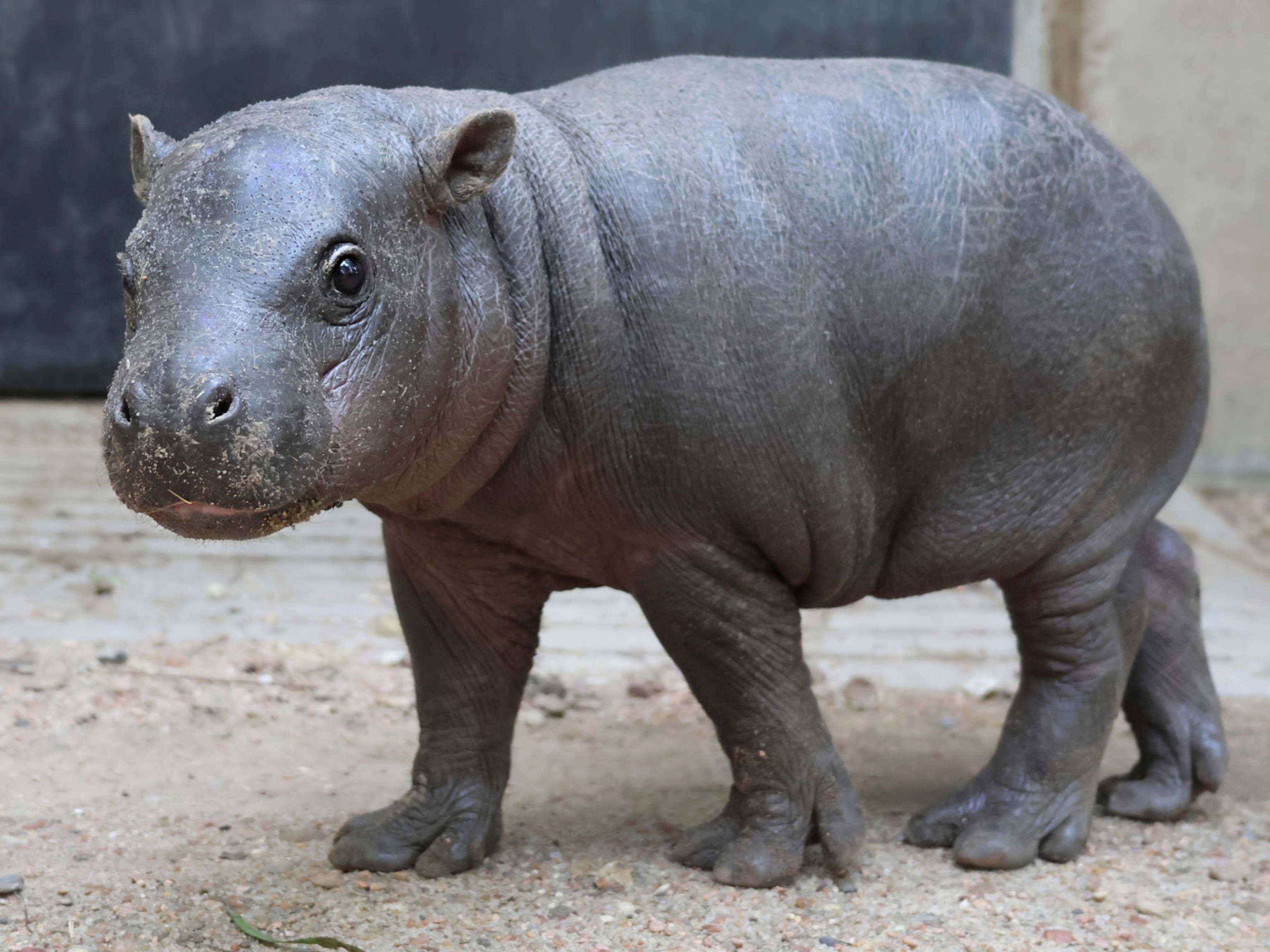This Surprising Rodent Can Survive 18 Minutes Without Oxygen
The unique adaptation could even help prevent heart disease in humans.
From rainbow-hued peacock spiders to spotted cheetahs, the wonders of evolution have produced some incredibly beautiful animals.
Most would say the naked mole rat—hairless, buck-toothed, and squinty-eyed—is not one of them.
Looks aside, the wrinkly African rodent is impressive for other reasons, including its resistance to cancer and inability to feel pain. (Learn why we find ugly animals cute.)
Now a new study finds that the mammal, which lives in highly populated underground burrows, can tolerate hours of very low oxygen levels and survive up to 18 minutes of anoxia, or total oxygen deprivation.
The research shows naked mole rats have a highly unusual mechanism that allows them to stop aerobic respiration and start metabolizing fructose, a sugar compound found in plants, when deprived of oxygen.
(Nature's Bald and Hairless Animals)
This makes them the only mammal known to enter a state of suspended animation in order to survive being deprived of oxygen.
A Pressing Problem
Living in poorly ventilated tunnels with hundreds of other animals, a naked mole rat often has to contend with carbon dioxide levels as high as 10 percent, which is lethal to people.
When this happens, naked mole rats lose consciousness, slowing their heartrate and stopping their breathing. But when oxygen is reintroduced, the animals resume breathing within moments, and soon resume their activities with no ill effects.
To learn more about how the rodents accomplish this mini-hibernation, scientists led by Thomas Park of the University of Illinois at Chicago put naked mole rats into low-oxygen conditions in the laboratory. After the animals were euthanized, the team examined their hearts and brains, and discovered that the study animals had released large amounts of fructose into their bloodstream, which was then sent to the brain via tiny fructose "pumps" and metabolized.
Normally, anoxia causes a buildup of fructose that damages tissue, but the naked mole rat is able to convert that buildup into useable fuel.
Even more surprising is the fact that the necessary genetic pathways for the heart and brain to burn fructose are present in all mammalian cells—including ours.
Though fructose is usually toxic, people metabolize it in the kidney and liver. Naked mole rats, on the other hand, possess the enzymes that allow them to process fructose anywhere in the body, including the heart and brain. (Learn the complicated truth about fake sugar.)
“Metabolism is relatively plastic,” says study author Gary Lewin, a neurobiologist speaking by phone from the Max Delbrück Center for Molecular Medicine in Berlin. “So it may be possible to find ways—genetically introducing a transporter, or using a drug to train cells—to push human cells in the direction of metabolizing fructose.”
An Elegant Solution?
Using fructose to keep cells functioning in the absence of oxygen could help people who suffer from heart disease and strokes, conditions that starve the brain of oxygen.
“We could know how to turn those enzymes on in the hearts and brains of patients that are at a risk of heart attack or stroke, and then give them a little fructose in case it happens” to prevent tissue damage, explains study co-author Jane Reznick, a molecular biologist at the Max Delbrück Center. “It’s possible because all the pathways are there, just suppressed.” (Read how a spinach leaf could help repair damaged heart tissue.)
There’s still a long way to go.
Researchers are still unsure where the fructose that powers this mechanism is coming from—do mole rats produce it during anoxia, or is it stored somewhere? And humans’ ability to use this mechanism is still largely undetermined.





